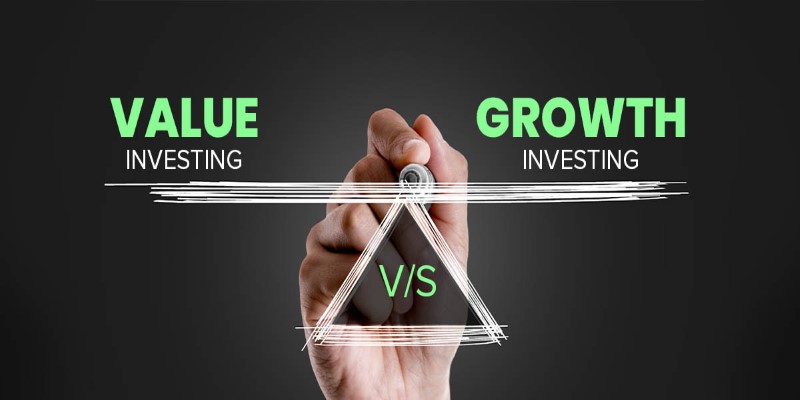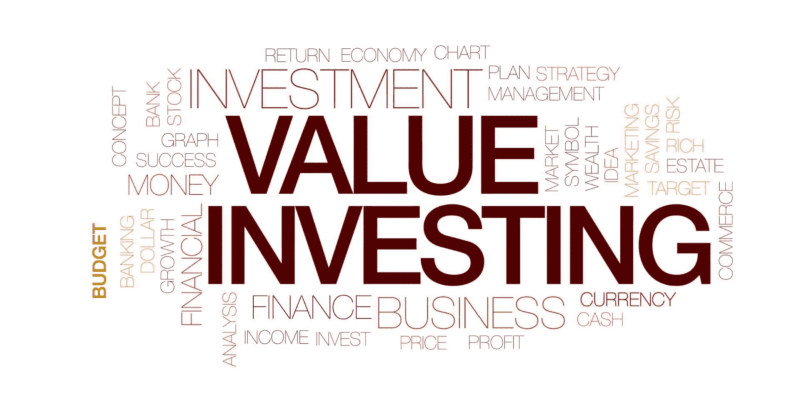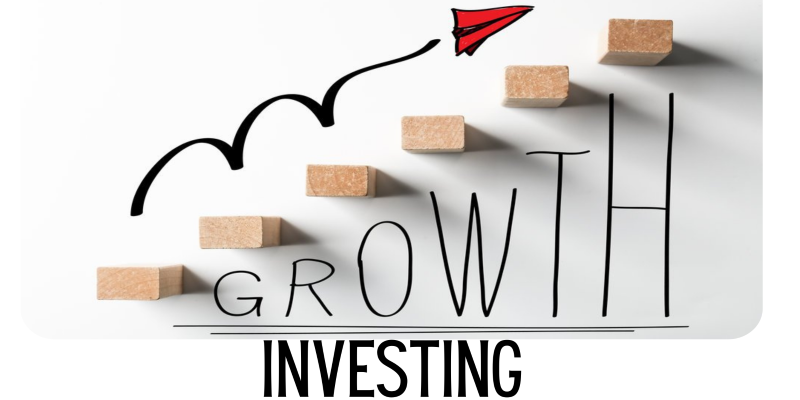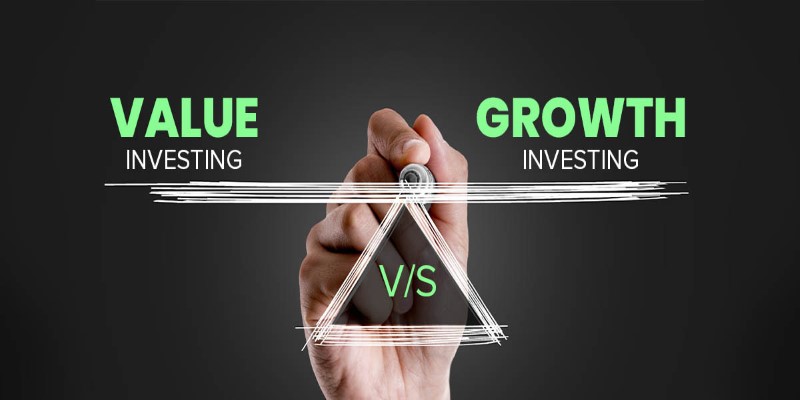Decoding the Debate Between Value and Growth Investing
Sticking to your guns with either value investing or growth investing seems to be one of the most hotly debated topics among investors these days. While each approach has its own set of advantages, it only appeals to particular minds and goals in finance. Today, with the economic changes and technological advancements in this post-pandemic world, it has come under the spotlight. So, which strategy is superior in today's marketplace? The answer doesn't come quite as simply as choosing a favorite-only goal, risk tolerance, and outlook on the marketplace will decide.

It delves into the philosophies, pros, and cons of each approach, allowing you to choose an investment strategy that fits better with current market dynamics and your specific goals.
Understanding Value Investing: A Hunt for Undervalued Gems
Value investing is all about finding diamonds in the rough. Pioneered by Benjamin Graham and famously championed by Warren Buffett, this strategy focuses on identifying stocks that are trading below their intrinsic value. These are often mature companies with stable business models but might have been overlooked by the market due to temporary setbacks or unfavorable sentiments.

The cornerstone of value investing lies in fundamental analysis, which examines a company's financial health, earnings potential, and market position. Investors look for metrics such as low price-to-earnings (P/E) ratios, high dividend yields, and strong cash flows to identify undervalued stocks.
In today's market, value investing appeals to those who prefer stability over speculation. With economic uncertainty and rising interest rates, some investors believe that value stocks, especially in sectors like utilities and consumer goods, provide a safety net. However, value investing demands patience. These stocks may take years to realize their true potential, making them a better fit for long-term investors with a steady hand.
Exploring Growth Investing
Growth investing, on the other hand, is all about capitalizing on potential. This strategy focuses on companies with high earnings growth prospects, often in rapidly expanding industries like technology, healthcare, or renewable energy. Investors prioritize revenue growth and market potential over traditional valuation metrics, accepting higher price tags for stocks they believe will outperform in the future.

Think of companies like Tesla or Amazon in their early days. Growth investors are less concerned about dividends or current profitability and more focused on innovation, market disruption, and scalability. The goal is to ride the wave of exponential growth, even if it comes with volatility.
In today's market, growth investing has regained momentum, especially with advancements in AI, renewable energy, and biotech. However, rising interest rates and inflation pose challenges to growth stocks, as higher borrowing costs can affect companies reliant on debt for expansion. For those with a high-risk tolerance and a long-term horizon, growth investing can be a rewarding, albeit bumpy, journey.
Value vs. Growth: Which Strategy Fits Today’s Market?
The choice between value investing and growth investing hinges on the broader market environment and your personal investment goals.
In a rising interest rate climate, value stocks often shine. They tend to perform well during economic slowdowns or recoveries, offering consistent returns with less volatility. Sectors like financials, energy, and consumer staples typically house many value stocks, making them a safe harbor during turbulent times.
Conversely, growth stocks thrive in low-interest-rate environments, where companies can borrow cheaply to fund expansion. They are also better suited to markets driven by innovation and technological breakthroughs. However, growth investing can feel like a rollercoaster ride during periods of economic uncertainty or inflation.
Today’s market is a mixed bag. While some sectors, like tech, show resilience, others face headwinds from inflation and geopolitical tensions. This has led many investors to adopt a balanced approach, incorporating both value and growth stocks into their portfolios. Diversification allows them to benefit from the stability of value investing while still capturing the high returns potential of growth investing.
The Role of Investor Psychology in Choosing Between Value and Growth Investing
Beyond the numbers and market trends, the decision between value and growth investing often boils down to investor psychology. Each strategy requires a distinct mindset and tolerance for risk. Value investors typically favor a more patient and conservative approach, willing to wait for undervalued stocks to reach their potential. This patience often stems from a focus on the long term and confidence in fundamental analysis over market hype.
On the other hand, growth investors tend to embrace optimism and forward-thinking. They are drawn to the promise of innovation and are often willing to endure higher volatility for the potential of outsized rewards. This strategy requires a higher tolerance for risk and the ability to weather short-term market fluctuations with an eye on long-term gains.
Understanding your psychological tendencies—whether you lean toward caution or excitement—can help you align your investment choices with strategies you are more likely to stick with over time. After all, the best investment strategy isn't just one that performs well—it suits your personality and financial discipline.
Conclusion
Ultimately, the debate between value investing and growth investing doesn't have a one-size-fits-all answer. Each strategy has its merits and drawbacks, and its effectiveness depends on both market conditions and your financial objectives. In today’s unpredictable market, a hybrid approach might be the most prudent choice. Combining the safety of undervalued stocks with the excitement of high-growth opportunities allows you to weather market volatility while still aiming for substantial gains. The stock market is ever-evolving, and staying informed is your greatest tool. Whether you lean towards value, growth, or a blend of both, the key is to remain adaptable and align your investments with your long-term vision. Stay tuned for more!










